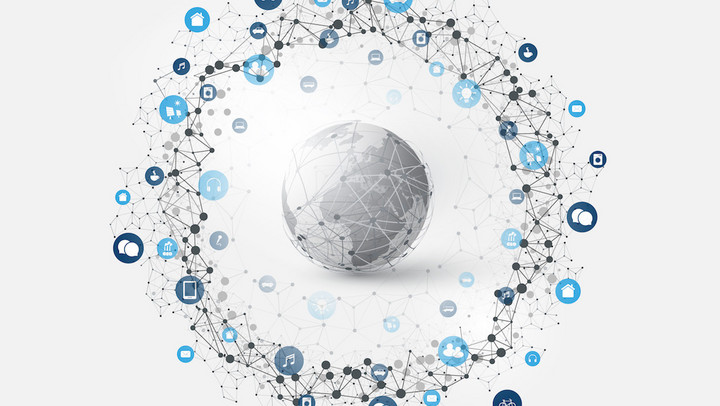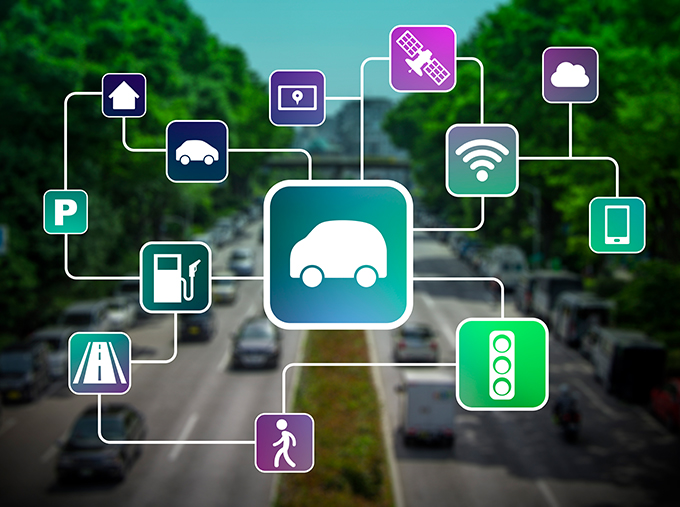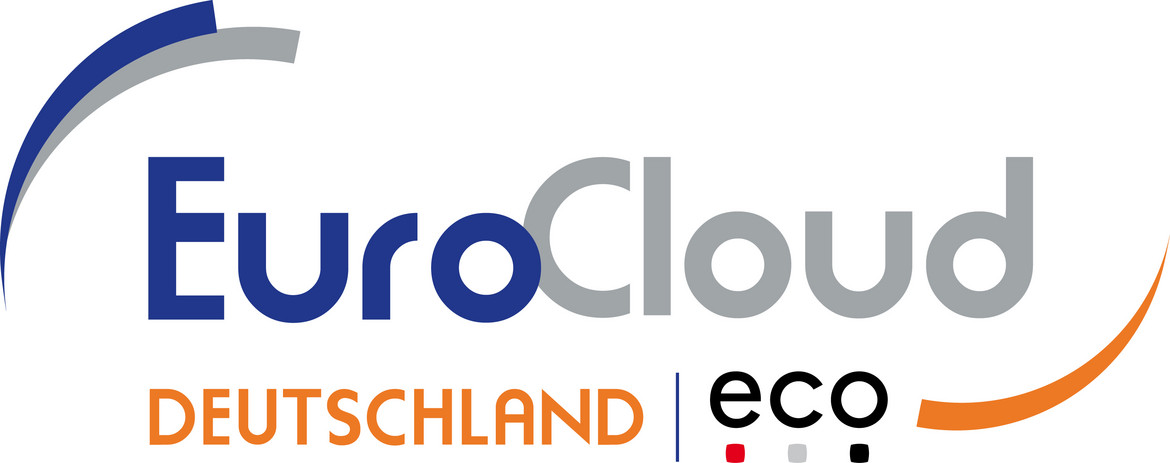The Smart Digital Ecosystem
Digital ecosystems are redefining how companies interact and generate value. Andreas Weiss from the eco Association looks at how to become part of a smart ecosystem in order to find your place in the digital economy.

© bagotaj | istockphoto.com
Economic models of value creation have until now assumed two distinct value chains: the traditional and the virtual. In the traditional value chain, as posited by Michael Porter in 1985, the Internet would play no role in value creation. In the virtual value chain, as defined by John Sviokla and Jeffrey Rayport, the entire process of collecting, assimilating, and provisioning information is achieved digitally, with the Internet as its main distribution path.
Value networks
But the world is changing. Current developments in the interconnected world – let’s take smart city or the connected car as examples – require a re-definition of value creation, and of the roles and interaction between multiple companies and agents. What we see in these burgeoning industries is a kind of augmented commercial reality – the interweaving of analog and digital products and services in real-world and virtual contexts. Here, there is no question but that the Internet is integral to value creation – these products and services would be unimaginable without it.
And what we see in these environments is that companies need to reconsider both their business models and their place within highly complex digital ecosystems. Moving away from the previously linear thinking, these ecosystems represent value networks rather than chains.
As was clearly shown in the eco Association studies into the Smart City, Smart Home, and Industrial IoT markets, it is not possible for any company, no matter where or how big, to claim for themselves the entire value creation process. Rather, it is necessary for companies to find their niche within the interconnected smart ecosystem, establish a new network of partnerships, and potentially learn to collaborate with competitors.
The Internet industry ecosystem for smart X
If you compare the Internet industry supply chains investigated in the Smart Home, Smart City, and Industrial IoT studies, a clear pattern emerges. In each case, the supply chain starts with sensors which are built into objects. If we take the example of a smart city, think of a sensor which is built into a traffic light collecting data about traffic congestion. To ascertain the amount of traffic in a given location at a given time, data is sent from the smart object to a smart program which is hosted on a platform. Between these is the interconnectivity.
The most common path for the data from the smart objects or from the sensors is that it is sent to service platforms. These could be local edge platforms, which do an initial analysis and extract important data. This results in a reduction in data volumes, which is very important if every object is sending data, and it also improves data quality. From here, the important data would be sent to the cloud platform, which is in a data center in the middle distance. On the cloud platform, further analytics may be involved, made possible by some form of artificial intelligence, in order to generate insights and value from the data collected.
At this level, the smart ecosystem seems pretty simple. You need someone who builds the smart object with the sensors. Equally, this might be two actors: one building a “non-smart” object, and one building sensors to be installed in the object. Then you need someone to provide the connectivity between the sensors and the edge platform, you need someone to provide and service the edge platform, and you need someone for the connectivity from the edge platform to the cloud platform and to the data center. And then you need someone to operate the data center, and someone to host the cloud platform. This view is still quite local, given that IoT services often need low latency connections to offer close-to-real-time responses. On a more global scale, you may also need international carriers and connections to the big Internet Exchanges.
What we see is that this pattern is replicated pretty much everywhere where the analog and digital worlds meet – at the traffic intersection, in the temperature gauge in your smart home, in an intelligent factory – and this pattern is an extension of the same connectivity principles that connect you to the world through your smartphone, perhaps in order to read this article. When we visualize this infrastructure across a suburb, a city, a continent, or the globe, what we get is something akin to a Mandelbrot set or a fractal landscape: an ever-repeating pattern of mini data hubs connecting to larger data hubs, connecting to major interconnection platforms.

CC0 Pixabay.com
The wider ecosystem of smart value creation
But the beauty and simplicity of this initial pattern belies the complexity of the ecosystem that it services. The question of how companies can analyze and position themselves in this kind of supply chain can clearly present challenges, and is one of the main topics raised in the eco studies.
In the Smart Home study, the eco Association and Arthur D. Little identified nearly 40
competencies along the value chain, which are needed to provide smart home services end-to-end. The end-consumer segments involved in this market include energy management, lighting and window control, security and access control, entertainment, household appliances, and health services. According to the study, “To be successful in the smart home market, companies
should be open to integration and cooperation with solutions from other industries and technologies. In this respect, a strategy for success is a high degree of data and information exchange between the different devices, as well as a user-friendly smart home solution. Here, it can be observed that a networking effect is occurring between smart home and “out of home” systems (e.g. cars).”
Another example is the connected car industry. Here, we see not only the traditional manufacturing industry, but also the collection and provision of countless forms of data: congestion, road conditions, emergency services, navigation, entertainment, communication, and the interconnection with the aforementioned smart home services is just the beginning. Add to that sensors for predictive maintenance. And platforms for car sharing. What about the intelligence needed for autonomous driving? As you can see, there is potential for an enormous number of products and services, which can be supplied by many companies working in concert.
In the automotive industry we see the potential to redefine products as services. For example, rather than offering upgrades like air conditioning or heated seats for a new car, companies could be offering air con as a booked service – available in every car, but provisioned on a pay-per-use basis.
In the smart city concept, one of the most important areas is energy – saving energy and reducing CO2 emissions through mobility services and intelligent traffic routing and the like, but also through developing new energy provisioning concepts. For example, if you know that at certain times of the day, or because of a big event, you have more people in the city center, then you need to provide more power to certain kinds of services like night-time street lighting, but you may not need this on other days. Inner city retailing and the connection of online and offline stores is another area where cities are interested in becoming more attractive to retailers and encouraging investment. If you have the capacity to analyze the demand of citizens, you can generate new services which makes shopping attractive. Another area of the smart city ecosystem is e-government. The smart city concept has the power to engage with citizens more simply. Alongside the provision of digital government services, this could also include projects to collaborate with citizens on improving the environment in the city, for example.
Merging smart ecosystems
But it doesn’t stop there. More and more, these ecosystems are intermingling to produce new, more specialized services.
As an example, let’s take a look at the smart home project Smart Service Power, designed as a research project to investigate and implement ambient assisted living to enable elderly people to live in their own home for longer. This is a highly complex ecosystem involving a range of separate industries and combining the concepts of smart home and e-health. Alongside the Internet industry – data center operators and smart network providers – and the manufacturers of smart medical devices and sensors for the home and body, you also have elderly care services, medical practitioners, pharmacies, the city, data protection lawyers, universities (in this case, because it's a research project), insurance companies, and then there’s the connection to emergency services such as ambulances and hospitals. But this concept could be expanded further to include retail stores, for example, to support elderly people with shopping for special diets or required nutrients, based on the analysis of their health data.
With mobility services, we see an ecosystem that brings smart city and the transport industry – including the automotive industry – together. So, the mobility provider runs the platform and offers this platform, for example, to train, tram and bus companies, taxi companies, bike and car hire services, ticketing and payment service providers.
How to find your place in smart ecosystems
First, develop your product or service.
- Understand your strengths and your goal
- Build a strategy and specify your first key target
- Set up a small and agile group to drive the project
- Decouple the project from the established company - processes and set an environment for disruption
- Take care about core security and data privacy requirements by default
- Ensure high-level management support, and failure tolerance
and then off we go: design, orchestrate and run. Be prepared for a set of iterations, failures, a bunch of obstacles and restarts. You won’t make money initially: First, you have to invest, learn, and build the skills required, so that you can be prepared for truly valuable business models. The benefits you reap from developing these digital competencies are extremely worthwhile, whatever the outcome of your first prototyping attempts. And it’s worth getting started on this as soon as possible.
Then, build partnerships.
As I mentioned earlier, when you look at the high level smart services for cities, home, healthcare, and industrial IoT, no one company is capable of building the complete value network. So, instead of trying to attempt the impossible, look for complementary partners and together, build the best customer service ever.
On a separate note, if you take the route of creating your own ecosystem, then you also need to consider what kind of platform will be most appropriate. Dr. Bettina Horster offers advice on the 27 criteria she has identified that impact the quality and the appropriacy of different IoT platforms
So, it’s high time to get started, and ensure your company’s place in the digital ecosystems that will shape economies in the future. But along the way, be sure to stay with your core competencies and build your USP in the digital platform market.
Be disruptive – and don’t try to rebuild what we already have.
Andreas Weiss has been Director of the cloud association EuroCloud Deutschland_eco e.V. since its foundation and has been active within eco since 1998. He played a key role in developing the EuroCloud Star Audit as the first cloud-specific auditing process and is part of various research and SME supporting projects like NGCert (Next Generation Certification) and Trusted Cloud. He is the co-author of both the book “Cloud Migration”, dealing with issues of quality requirements and selection criteria, and the EuroCloud Guidelines “Cloud Computing – Law, Data Protection & Compliance”, as well as the Cloud Acceptance Study. He has recently been appointed Director of Digital Business Models in eco – Association of the Internet Industry.






